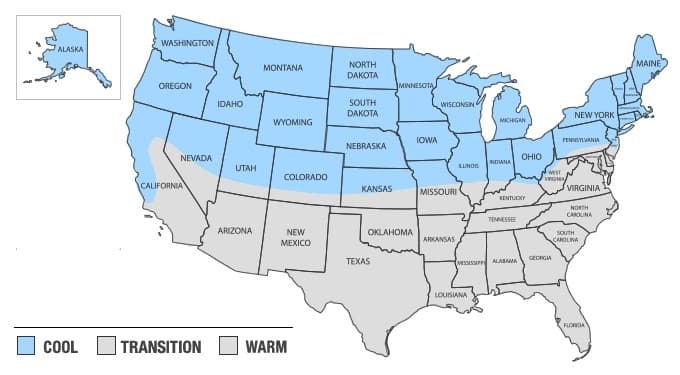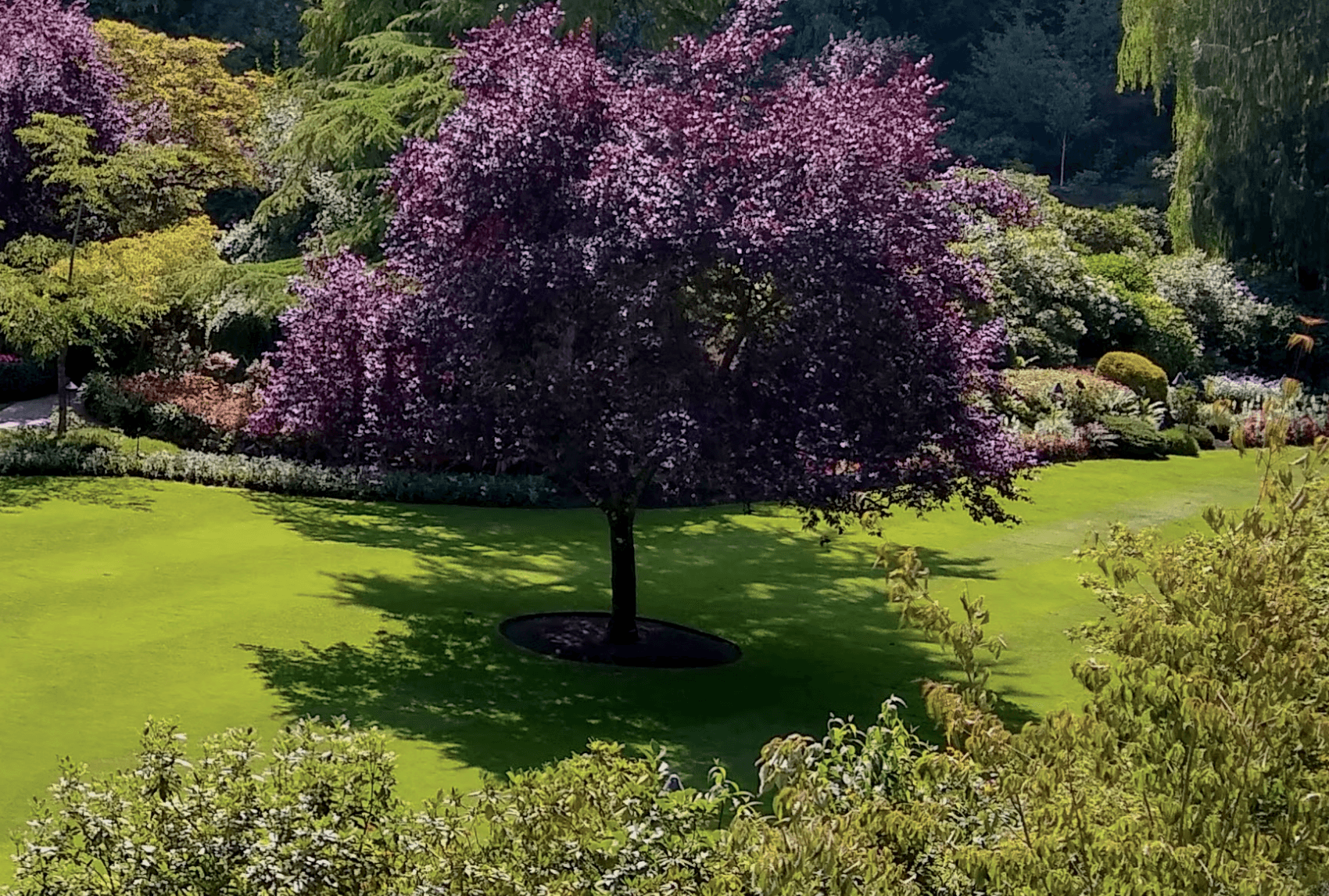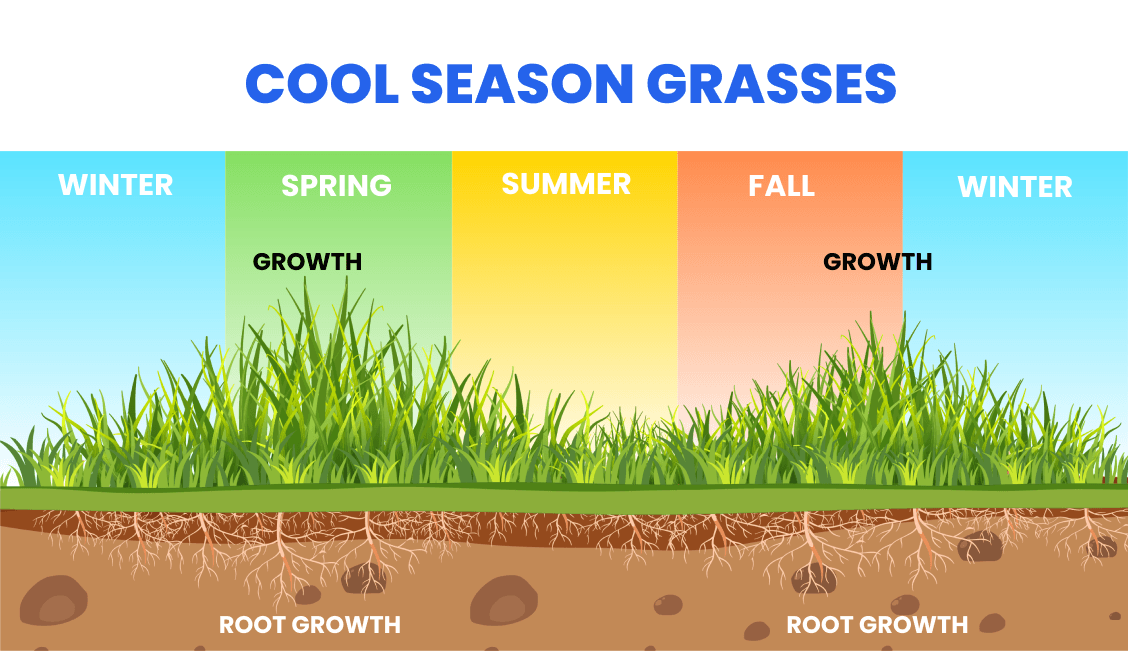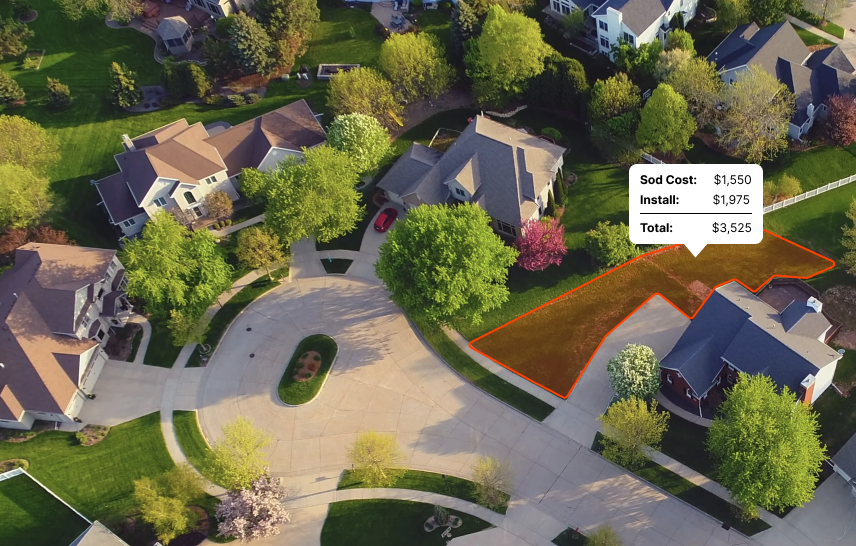The climate's the kingmaker here, choosing the grasses that thrive, and setting the beat for the planting and maintenance dance. Get in sync with the weather, and you'll have a lawn that's Massachusetts through and through.”
Introduction
Let's dive into Massachusetts, where the weather swings from winter chills to summer thrills. This ever-changing climate keeps the grass on its toes, making survival a dynamic dance. Massachusetts is a paradise for cool-season grasses.
They love the state's typical chill and are primed to put down roots in the fall, just in time to brace for the winter gusts. When it comes to grass zones, Massachusetts is strutting its stuff in USDA Zone 6. Here, temperatures can drop down to a frigid -10 to 0 degrees Fahrenheit, keeping things exciting for the lawn aficionados.
Planning to lay some grass in Massachusetts? Timing is everything. The fall is a safe bet, giving your grass ample time to get settled before winter's big entrance.
Spring can work too, but be early. You don't want summer's sizzle to stress out your freshly planted lawn. So, what's the scoop on Massachusetts?
What are the best sod types for MA?
In the world of landscaping, not all grasses are created equal. Each thrives in a specific climate zone: cool, warm, or transition.

Massachusetts, with its cool season climate, prefers a particular set of grasses that relish the lower temperatures. The following sods are the easiest to grow and maintain in Massachusetts:
While it's possible to grow grasses meant for other regions with proper care, attention and timing, these are the most common grasses in Massachusetts for residential lawns.
Level Up Your Lawn Skills
Once per week we'll send you an interview from someone who has mastered the art of lawn care.
Recommended species for shade
Navigating the tricky terrain of lawn care in Massachusetts? Say no more! We've got you covered! If your yard is shrouded in shade and you're pulling your hair out trying to figure out the best grasses to thrive there, look no further! Here are top picks for the best grasses for shade in our beloved Massachusetts.
If your turf sees 4 to 6 hours of sunlight daily, we recommend Fine Fescue. This stuff is perfect for partial shade. It's drought-resistant (for those scorching New England summers) and cold-tolerant (for when winter decides to make an early cameo). Bonus, it's also resistant to various lawn diseases. A real Massachusetts superhero!
Next up, Kentucky Bluegrass. This grass is as versatile as it is rugged. Yes, it loves sunlight, but it also tolerates moderate shade. That means if your yard gets about 6 to 8 hours of sunlight, this eye-pleaser will work its magic! Prepare for a dense, lush, and gorgeous blue-green lawn.
Ryegrass! Now, this bad boy is tough and resilient, just like us Massachusetts folks. It needs about 4 to 6 hours of sun each day. Its rapid growth rate stands up to heavy foot traffic, and it's a master at bouncing back from damage.
Then there’s the Tall Fescue. It requires 4 to 6 hours of sunlight, but unlike its Fine cousin, it can stomach a bit of heat stress. This grass doesn't fear long Massachusetts summers, and its deep root system makes it wicked drought-tolerant.
Remember, shade-friendly doesn't mean darkness-loving. No grass will grow in deep, full-time shade. All grasses need some sunlight to thrive. So make sure to prune any intrusive tree limbs to amplify that sunlight exposure.
No fluff, just facts! Choosing the right grass for shady Massachusetts yards doesn't need to be complicated. And you know what? It's not! Just use this guide, and you'll have a lawn that's not just surviving, but thriving! So, let’s get sodding, Massachusetts!

Recommended for full sun or partial sun
Choosing the right sod for your lawn depends heavily on the sunlight exposure in your yard. Different grass types have varying light requirements for optimal growth and appearance. Assessing whether your lawn receives full or partial sun is essential in selecting sod that will flourish and stay healthy in your specific environment.
Below are some sod options recommended for either full sun or partial sun conditions in MA:
| Grass Type | Sun | Good to Know |
|---|---|---|
| Tall Fescue | Partial | Tall Fescue is adaptable to a range of conditions, including partial sun, and is known for its deep root system and tolerance to drought. |
| Kentucky Bluegrass | Full | Kentucky Bluegrass prefers full sun and is prized for its fine texture, rich color, and ability to recover quickly from damage. |
| Perennial Ryegrass | Full | Perennial Ryegrass thrives in full sun and is known for its rapid germination, fine texture, and bright green color. |
| Fine Fescue | Partial | Fine Fescue is well-suited for partial sun and is appreciated for its fine texture, shade tolerance, and low maintenance requirements. |
What varieties stay green year-round?
As with anything agriculture related, there is some nuance to this question. There are many grasses that can stay green year round in but it depends heavily on your location within Massachusetts as well as any microclimates that may exist.
The following grasses have the ability to stay green year round in Massachusetts:
| Grass Type | Caveats |
|---|---|
| Tall Fescue | It typically stays green throughout the year in milder climates, given that it isn't overly stressed by heat or drought in the summer. |
| Kentucky Bluegrass | It can retain its green color for much of the year when well-maintained, though harsh winter temperatures can push it towards dormancy and a browner hue. |
| Perennial Ryegrass | It can stay vibrant and green throughout the year in many climates, unless conditions are extremely cold or dry. |
| Fine Fescue | It keeps its green color throughout the year in ideal conditions. If the winters are particularly harsh, it may lose some color. |
What is the best time to lay sod in Massachusetts?
Since it is considered a cool-season location, the ideal time to lay sod is in early spring or early fall. These periods offer moderate temperatures, leading to less stress on the sod and providing optimal conditions for root establishment before extreme temperatures of winter or summer. Avoid the summer, as high heat can stress the sod.
As you can see in the image below, you'll notice the most shoot growth (the grass above ground) and root growth in the spring and fall for cool season grases:

Find reputable companies for installing sod in MA
Here are the top problems you'll face when trying to get sod installed by a landscaping company:
- They're not transparent about pricing. You'll often get a quote that's way higher than you'd expect.
- They're hard to get ahold of on the phone or you'll reach out online but won't hear back.
- It's hard to pin them down for a specific date. Because you can only bring sod from the farm when there's decent weather, this causes some delays at times. It also has a short shelf life, so it's important to get it installed within a day or two of delivery.
We've done all the work for you. Click below to get a quote from one of the top installers in Massachusetts.

